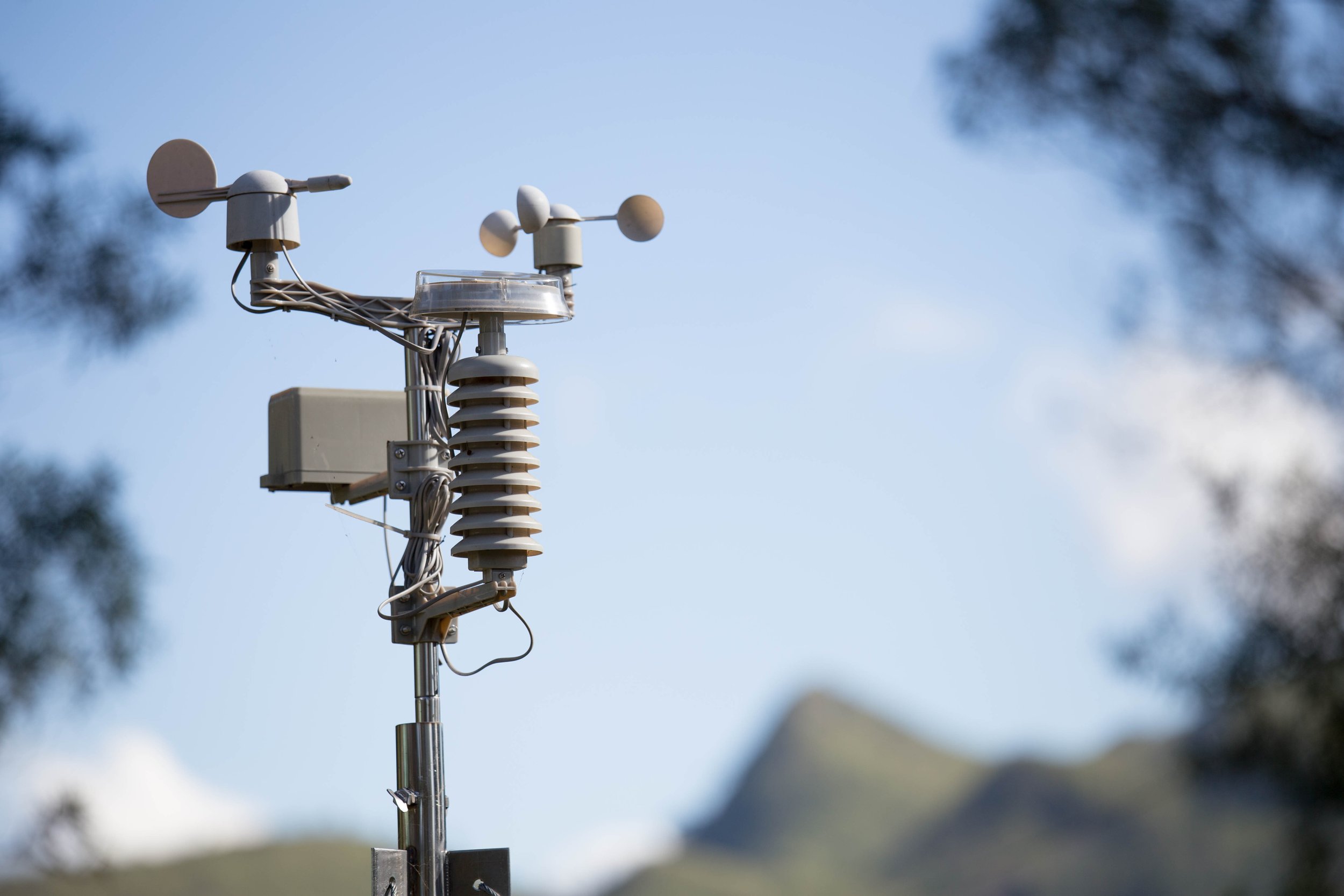Breakthrough in Weather Monitoring with New Low-Energy Anemometer

Environmental monitoring is an essential aspect of modern society, underpinning everything from weather forecasting to agricultural planning and natural disaster prevention.
Traditional methods often face significant challenges, such as high maintenance costs and energy consumption, especially in remote locations where battery replacement or equipment repairs are difficult and costly. Therefore, there is a growing need for innovative, low-energy solutions that can enhance the reliability and efficiency of environmental monitoring. This need has led researchers to develop groundbreaking technologies.
Researchers have unveiled a pioneering Breeze Wake-up Anemometer (B-WA), employing a rolling-bearing triboelectric nanogenerator (RB-TENG) that provides a new strategy for low-energy consumption environmental monitoring. The ability of the B-WA to operate autonomously and efficiently in varying wind conditions marks a substantial advancement in the field of sustainable environmental monitoring.
Anemometers are crucial tools for collecting meteorological data, essential for accurate weather forecasting and environmental monitoring. Traditional anemometers often face challenges related to high maintenance and operational costs, primarily due to their high quiescent power consumption and reliance on battery power.
These challenges are particularly acute in remote locations where replacing batteries or repairing equipment is difficult and expensive. The introduction of low-power self-waking-up anemometers can transform environmental monitoring by enabling longer deployment periods, reducing the frequency of maintenance, and enhancing the reliability of data collection in these critical but hard-to-reach areas.
A new study published in Microsystems & Nanoengineering by a team from the Beijing Institute of Nanoenergy and Nanosystems describes a Breeze Wake-up Anemometer (B-WA) designed to dramatically enhance remote weather monitoring capabilities.
The newly developed B-WA integrates the following key components: two rolling-bearing triboelectric nanogenerators (RB-TENGs), a self-waking-up module (SWM) and a signal processing module (SPM). B-WA can remain in a near-zero power quiescent state until activated by wind speeds exceeding 2 m/s. The RB-TENG is engineered to generate power from the motion of rolling bearings, which is harnessed to wake the device from its low-power state.
Upon activation, the SWM can wake up the entire system within just 0.96 seconds, enabling real-time wind speed measurement. Concurrently, the SPM processes the frequency of the signals generated by the RB-TENG to accurately monitor wind speed with a sensitivity of 9.45 Hz/(m/s), ensuring precise and reliable data collection. This innovative approach significantly reduces the energy required for operation, allowing the anemometer to function efficiently in remote and off-grid locations where traditional systems might fail.
Prof. Chi Zhang, the project's lead scientist, stated, "This device not only pushes the boundaries of nanotechnology but also offers a sustainable solution to global weather monitoring challenges. Its low-energy requirement and high sensitivity are crucial for the future of environmental sensing." This sentiment underscores the B-WA’s importance in advancing environmental monitoring technology, particularly in its ability to provide continuous, accurate data without the need for frequent maintenance or power supply.
This technology is pivotal for areas like agricultural planning and natural disaster prevention, where accurate and timely weather information can significantly impact decision-making and operational safety. The B-WA's robust and low-maintenance design makes it ideal for integrating into Internet of Things (IoT) networks, enhancing distributed environmental monitoring across various sectors. By providing reliable data in real-time, the B-WA can help farmers make better decisions regarding crop management and irrigation, potentially increasing yields and reducing water usage.
In disaster-prone areas, the B-WA's timely data can improve early warning systems for events such as hurricanes, tornadoes, and severe storms, thereby enhancing community preparedness and reducing the risk of harm. Furthermore, its ability to operate autonomously in harsh conditions ensures that it remains functional during critical periods when traditional equipment might fail. The B-WA represents a significant step forward in the quest for sustainable and efficient environmental monitoring solutions, addressing some of the most pressing challenges faced by researchers and practitioners in the field today.
The development of the Breeze Wake-up Anemometer marks a substantial leap in the capabilities of environmental monitoring technologies. Its innovative use of rolling-bearing triboelectric nanogenerators, combined with its low energy consumption and high sensitivity, offers a promising solution to the limitations of traditional anemometers. As environmental challenges continue to grow, the B-WA provides a critical tool for collecting accurate meteorological data, ensuring better decision-making and enhanced safety in various sectors. Prof. Chi Zhang's work on this project highlights the potential for nanotechnology to revolutionise how we monitor and respond to our environment, paving the way for more sustainable and effective solutions in the future.
Author:
Arnold Kristoff
Content Producer and Writer





